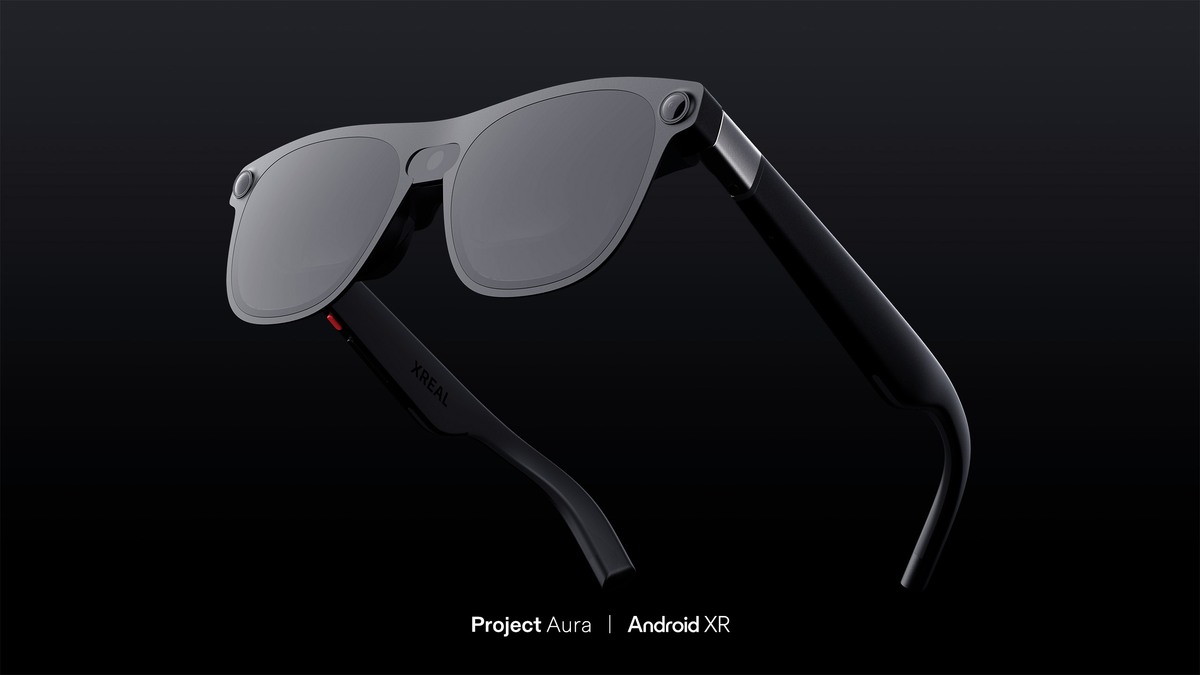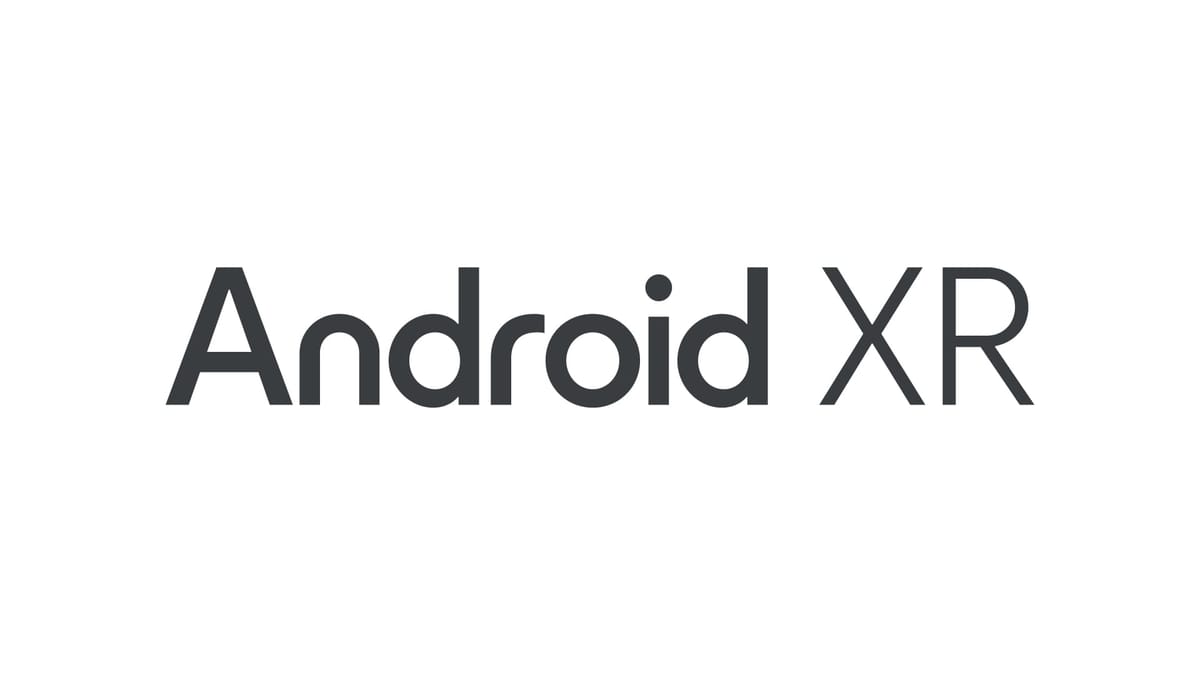At I/O, Google presented its vision of Android XR. But the “Android XR” that runs on headsets is not the “Android XR” that runs on smart glasses.
The name Android XR was actually first reported by Business Insider’s Hugh Langley 18 months before Google officially revealed it. According to that report, Google internally called an operating system for headsets “Android XR”, and a much simpler OS for glasses “Android micro XR”.
I bring this up because since officially revealing the two platforms in December, Google has instead referred to them as one “Android XR”. Samsung’s device is an “Android XR headset”, while the prototype smart glasses with a small HUD it showed at TED and I/O were “Android XR glasses”.
This is both confusing and misleading. Because in reality, these are two completely different software platforms.
The Android XR that runs on headsets is an extension of the Android experience you have on your phone or tablet, fully standalone, with access to the Play Store and a full-fledged developer SDK.
The Android XR that runs on smart glasses, on the other hand, is a highly cut-down version of Android that Google has not announced any SDK or platform for, where your phone handles a lot of the computing, similar to the Ray-Ban Meta glasses.
Sure, these two platforms both have the same AOSP at the core, and yes you’ll find some of the same Google services on both. But the similarities end there.
Imagine if Apple had presented the Apple Watch as running “iOS”, or if Meta described the Ray-Ban Meta glasses as running Horizon OS. That’s the equivalent of Google describing these smart glasses as running Android XR.
I imagine Google’s strategy here is driven by the success of Ray-Ban Meta, the major hype around Meta’s Orion prototype, and the poor public reception to the first-generation Apple Vision Pro. Essentially, I suspect the company is intentionally trying to present its headsets and glasses work under one hype banner, rather than disclosing the distinction between these two platforms.
Xreal Project Aura Supports Android XR Via Tethered Puck
Xreal’s Project Aura will support Google’s Android XR via a tethered compute puck with a Qualcomm Snapdragon chip.

You could argue that the words “headset” and “glasses” will make the difference obvious for consumers. But the distinction between these device categories became blurred with the reveal of Xreal’s Project Aura. Aura is designed to resemble sunglasses from certain angles, but powered by a tethered compute puck running the headset version of Android XR.
This means that there are two completely different meanings of “Android XR glasses”. There are Android XR glasses, of the kind that will take on Ray-Ban Meta, and there are Android XR glasses, of the kind that Meta and Apple will take on with their next headsets.
So we’ll soon be in a world where you can buy Android XR glasses, or glasses that run Android XR, and they’re completely different software platforms. This will obviously lead to confusion.
When a developer releases an interesting app “for Android XR”, will consumers with no understanding of the difference between “Android XR glasses” and Xreal Aura understand that buying Warby Parker glasses won’t give them access to said app? Do all developers understand that the Android XR apps they might build will not run on the simple smart glasses?
As a reader of UploadVR, these distinctions may seem obvious to you. But the nature and limitations of XR headsets and smart glasses are not widely known by the general public.
Google Showed Off Sleek Smart Glasses With A HUD Again
At Google I/O 2025, the company gave another demo of “prototype” smart glasses with a HUD, showing notifications, photos, and lots of Gemini.

The solution here is to give the operating system for smart glasses its own name. Google could repurpose the “Glass OS” name it used for Glass, for example, or use a name like “Glasses OS”, akin to how it calls its smartwatch platform Wear OS.
Of course, no hardware company has actually launched any “Android XR” product yet, and it’s possible the marketing and PR around these products will make the distinction I bring up crystal clear. But given Google’s messaging so far, I worry that clear positioning is not the company’s priority.
